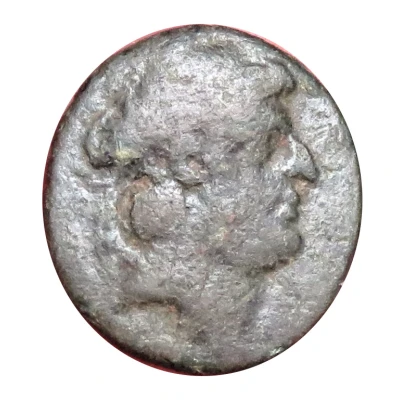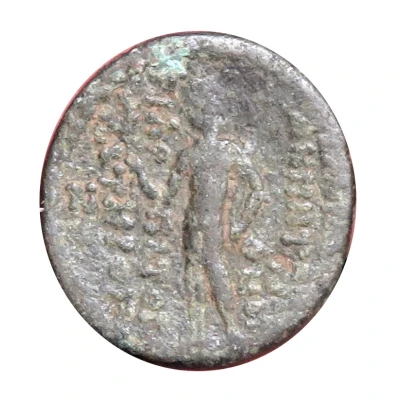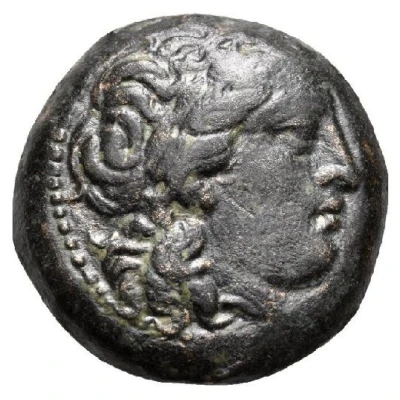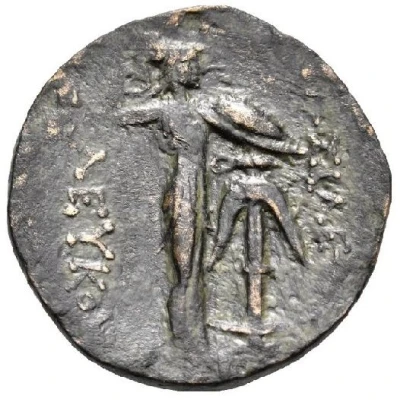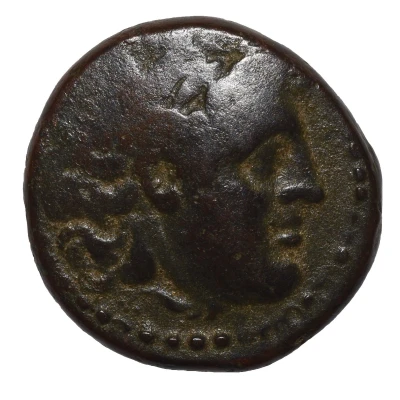
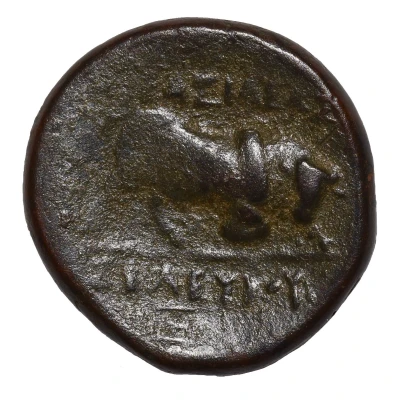

© Cuthwellis
Dichalkon - Seleukos I Antioch 312 BC - 280 BC
| Bronze | 7.0 g | 20 mm |
| Issuer | Seleucid Empire (Seleucid Empire (305 BC - 64 BC)) |
|---|---|
| King | Seleukos I Nikator (305 BC - 281 BC) |
| Type | Standard circulation coin |
| Years | 312 BC - 280 BC |
| Value | Dichalkon (1⁄24) |
| Currency | Drachm |
| Composition | Bronze |
| Weight | 7.0 g |
| Diameter | 20 mm |
| Shape | Round (irregular) |
| Technique | Hammered |
| Orientation | Variable alignment ↺ |
| Demonetized | Yes |
| Updated | 2024-10-10 |
| Numista | N#200865 |
|---|---|
| Rarity index | 87% |
Reverse
Sacrificial bull butting right, Ξ in exergue.
Script: Greek
Lettering: BAΣIΛEΩΣ ΣEΛEYKOY
Translation: King Seleukos
Edge
Plain
Comment
Further references: WSM 925.The winged head of Medusa and the sacrificial bull symbolize victory, more precisely the establishment of the kingdom.
Interesting fact
One interesting fact about this coin is that it features the image of Seleucus I Nicator, the founder of the Seleucid Empire, on one side, and an elephant on the other. The elephant was a symbol of power and strength in ancient times, and its presence on the coin may indicate that Seleucus I was trying to convey the idea that his empire was strong and powerful. Additionally, the use of bronze as the material for the coin suggests that it was widely used in the Seleucid Empire for currency, and that the empire had a strong economy.
